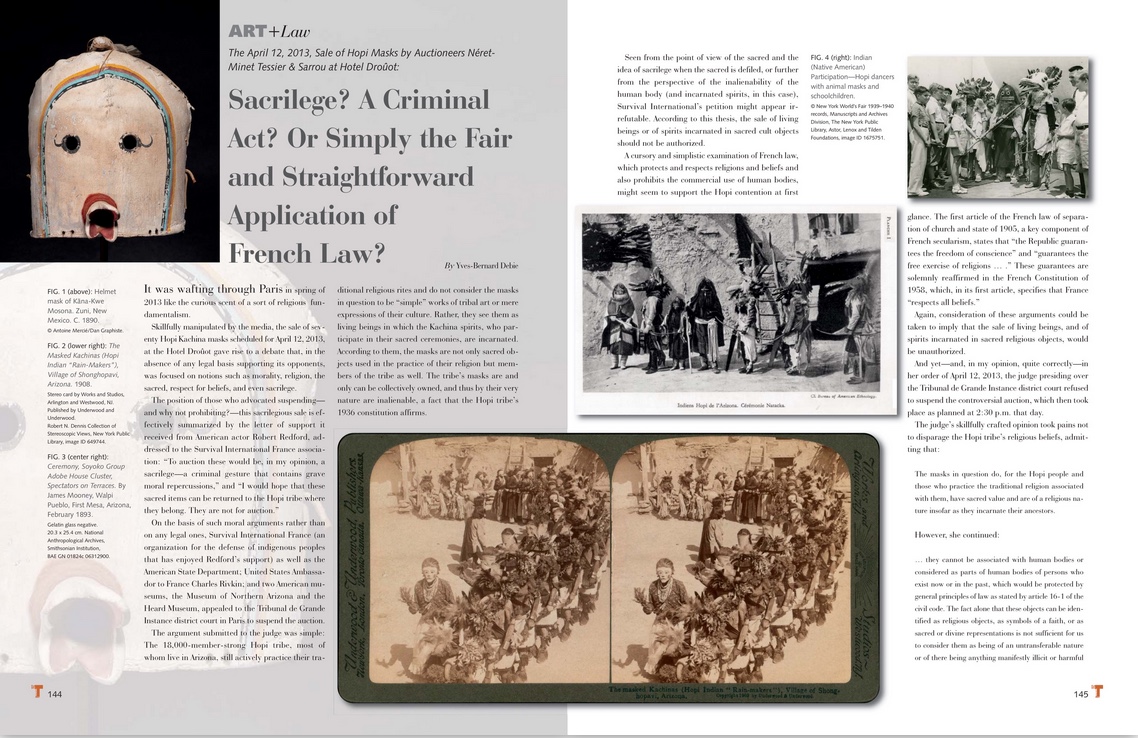

Least sonorous (strongest consonantality) Sonority scale Most sonorous (weakest consonantality) to In this way, any contiguous set of sound types may be grouped together on the basis of no more than two features (for instance, glides, liquids, and nasals are ). All sound categories falling under are sonorants, whereas those falling under are obstruents. For instance, as shown in the sonority hierarchy above, vowels are considered, whereas all consonants (including stops, affricates, fricatives, etc.) are considered. The labels on the left refer to distinctive features, and categories of sounds can be grouped together according to whether they share a feature. Sound types are the most sonorous on the left side of the scale, and become progressively less sonorous towards the right (e.g., fricatives are less sonorous than nasals). Sonority hierarchies vary somewhat in which sounds are grouped together. 5 Mechanisms underlying differences in sonority.Some languages also have assimilation rules based on sonority hierarchy, for example, the Finnish potential mood, in which a less sonorous segment changes to copy a more sonorous adjacent segment (e.g. Sonority hierarchies are especially important when analyzing syllable structure rules about what segments may appear in onsets or codas together, such as SSP, are formulated in terms of the difference of their sonority values. Thus, sounds that are described as more sonorous are less subject to masking by ambient noises.

This relates to the degree to which production of phones results in vibrations of air particles. Instead, many researchers refer to sonority as the resonance of speech sounds. However, grounding sonority in amplitude is not universally accepted. For example, pronouncing the vowel will produce a louder sound than the stop, so would rank higher in the hierarchy. Sonority is loosely defined as the loudness of speech sounds relative to other sounds of the same pitch, length and stress, therefore sonority is often related to rankings for phones to their amplitude.

For the distinction between, / / and ⟨ ⟩, see IPA § Brackets and transcription delimiters.Ī sonority hierarchy or sonority scale is a hierarchical ranking of speech sounds (or phones). For an introductory guide on IPA symbols, see Help:IPA. This article contains phonetic transcriptions in the International Phonetic Alphabet (IPA). JSTOR ( January 2012) ( Learn how and when to remove this template message).Unsourced material may be challenged and removed.įind sources: "Sonority hierarchy" – news Please help improve this article by adding citations to reliable sources. Giorgio loves ambient music that dues to its descriptive power allows him to analyze and render every vibration and vision, both during production and his long dj sets, where he explores empty rooms that are filled with vintage recordings, ethereal drones and field sonority. This particular working method is also reflected in his harder sets, where rhythm increases tension while it is moving forward unchallenged through industrial echoes, robotic tricks and building grooves that produce shaped variations of his meaning. Substance thickens to provide a thoughtful and reflexive listening experience.Īll these elements are poured into his project “Zooloft Records”, the platform that represent him in a past few years. Now his techno vision involved into new collaborative projects with Speedy J’s Electric Deluxe and Perc (“Endless” project).This article needs additional citations for verification. Voids, pitfalls, drones and dilated melodies become intricate, sophisticated, and hypnotic rhythmic equipment that runs the risk of constantly changing classicist techno aesthetics in a conceptual derivation close to his soul.

His skill is to transmit an accurate signal using undiscovered frequencies inspired by desolate and noir tinged landscapes. Giorgio transforms his material. The modules emerging from his compositions run across a process where moods are transformed into waves, layers and substrates that are ready to catch and overwhelm the listener without changing original content. After a deep exploration of several kinds of electronic dance music, in a broad evolutionary path, Giorgio Gigli’s music has assumed an intense and personal form of communication.


 0 kommentar(er)
0 kommentar(er)
